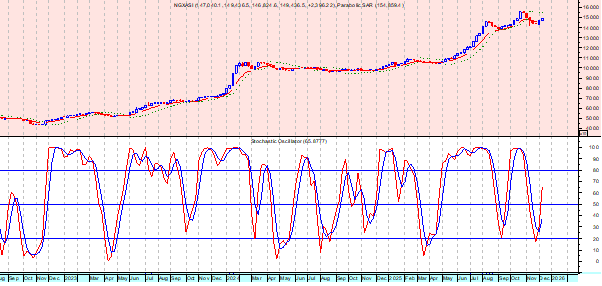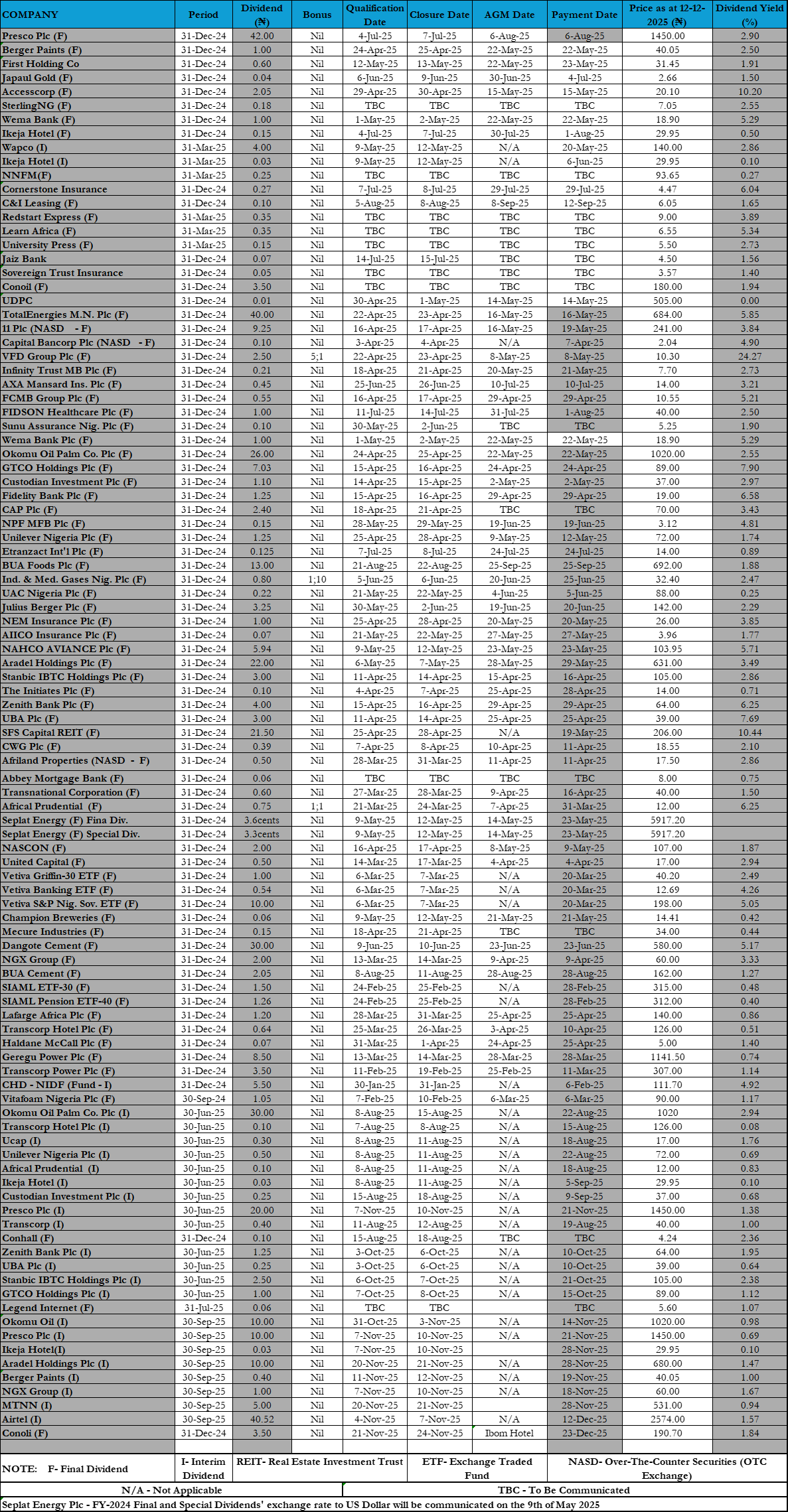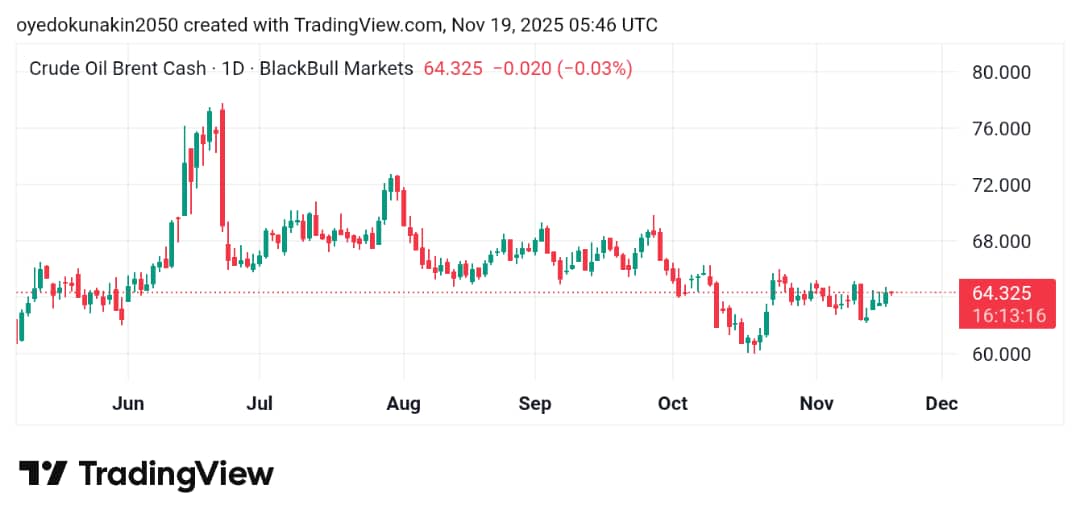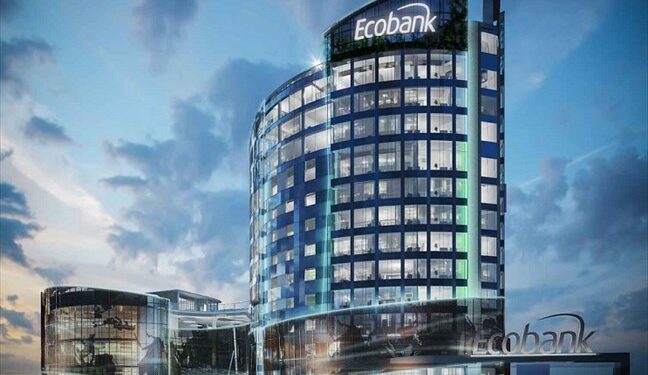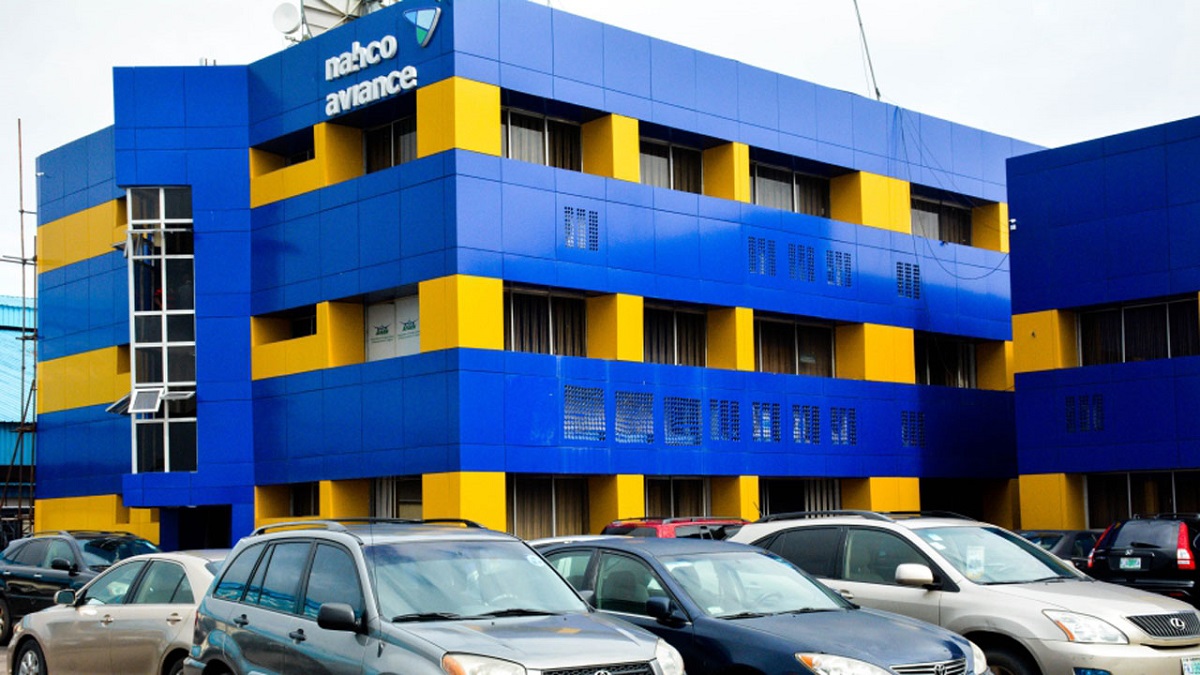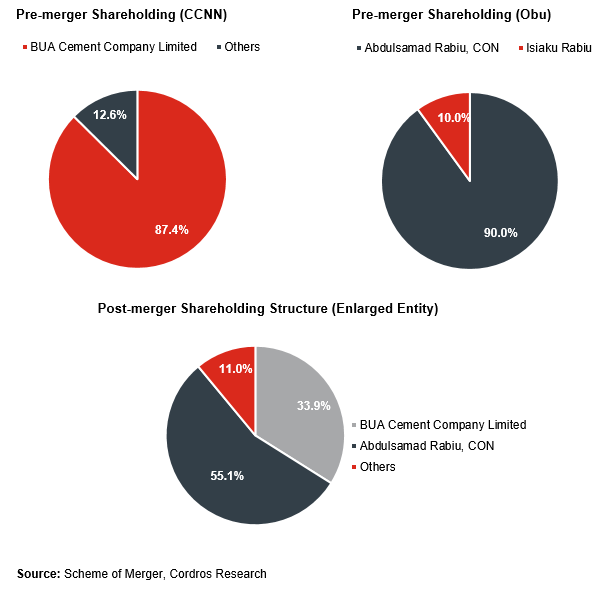
By Cordros Research
On October 30, 2019, the boards of Cement Co of Northern Nigeria (CCNN: BUY; TP:N16.0/share) and Obu Cement announced the proposed merger of both entities to form one enlarged company, with Obu Cement becoming the surviving entity.
Beyond ceding all its assets and liabilities to Obu Cement, CCNN will be delisted from the Exchange, while Obu Cement will be listed on an indicative date of January 8, 2020. This is according to the scheme of the merger.
From a 12.6% ownership of CCNN, minority shareholders will now hold an 11.0% stake in the enlarged Obu Cement, while BUA Cement Company Limited and Abdulsamad Rabiu will hold 33.9% and 55.1% stakes, respectively.
We understand that the 13.14 billion-unit shares of CCNN are expected to be merged into the enlarged entity in a 1-for-1 ratio.
However, Obu Cement shares of 40.00 million will be reconstructed, and aggregate 20.72 billion units will be allotted in the ratio of 518 reconstructed Obu shares for every one Obu share held. Overall, the enlarged company will now have a total of 33.86 billion shares outstanding.
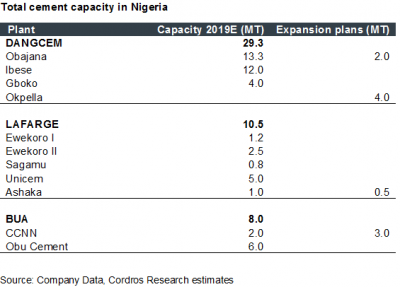
Valuation is at 113% Premium to Current Price: We understand that a total of 13.14 billion shares will be issued to the scheme holders, valued at NGN460.02 billion. This cascades to a price of NGN35.00 per-share, 113.4% and 34.5% premiums to the current market price and our target price, respectively.
A Notch Behind Lafarge, But for How Long?: Although, still behind Lafarge (WAPCO: BUY; TP: N19.57/share) from the viewpoint of installed capacity, the combined entity will now have installed capacity of 8MT, split across Obu Cement (6MT), Kalambaina (1.5MT), and CCNN (0.5MT). In our last discussion with management, a new 3MT capacity is set to be launched in 2021, ensuring the company overtakes Lafarge as the second-largest cement producer in Nigeria.
Delectable Synergy – Given its relatively young average age of c. 3 years, Obu Cement plants are efficient, and as such, the largest gains we foresee will be (1) cost savings and (2) economies of scale, given its size. Though configured to run on multiple fuel sources, Obu Cement’s plants run on gas, mainly sourced from its 30km gas pipeline from Ajaokuta to Okpella.
Beyond the foregoing, the enlarged company looks set to benefit from tax holidays on both the Kalambaina and Okpella plants. We note that Obu Cement had recorded a tax credit of NGN26.77 billion in 2018FY, which had helped propel post-tax profit by c.147% y/y.


